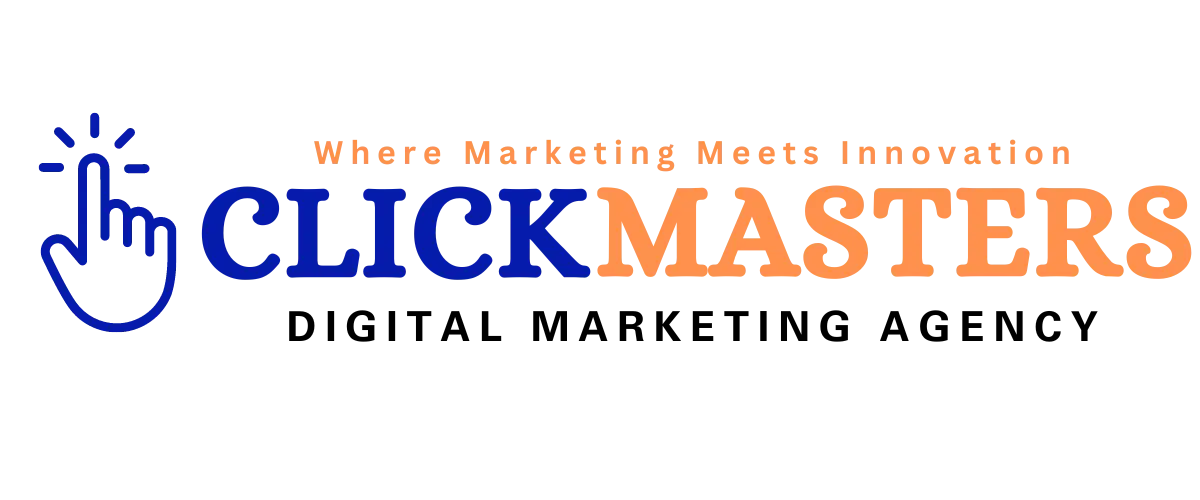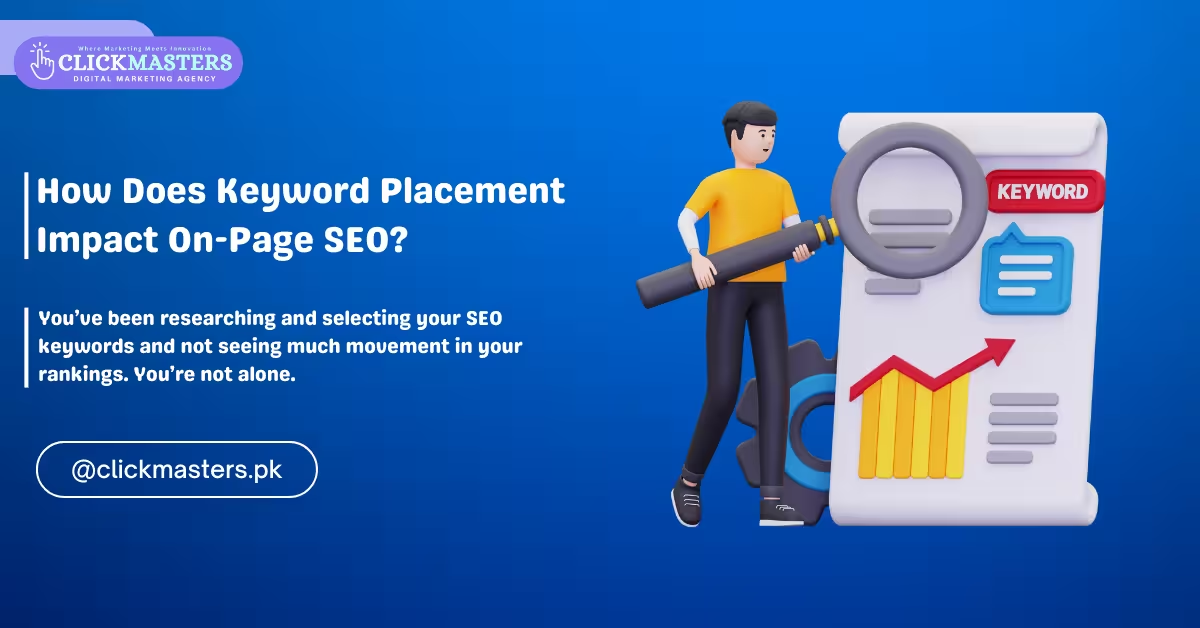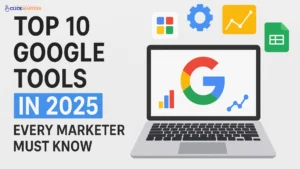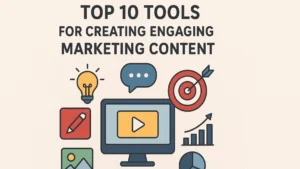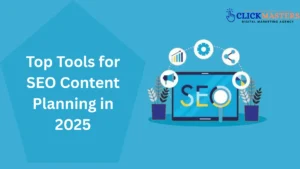Problem: Struggling with SEO Results Despite Using Keywords?
You’ve been researching and selecting your SEO keywords and not seeing much movement in your rankings. You’re not alone.
Many website owners and marketers are frustrated with stagnant traffic, even when they’re targeting the right keywords.
The problem might be one simple thing—keyword placement. It’s not enough to just stuff your content with keywords anymore.
Google has become more intelligent and is looking at where and how you use those keywords. Placement is key to making your content more findable and rankable.
Agitation: Why Is Your SEO Not Working as Expected?
If you’re not seeing the desired results with SEO, you’re probably misplacing keywords or overloading your content.
Even with a good list of target keywords, not placing them strategically could mean poor optimization.
That means lower rankings, less visibility, and less traffic.
According to Backlinko, the placement of keywords in your content matters.
Just having keywords sprinkled throughout a blog post isn’t enough.
Google’s algorithm favors content that places keywords where they matter most – in headers, subheadings, the first 100 words, and URLs and meta descriptions.
Without a clear understanding of how keyword placement impacts search engine marketing, businesses risk falling behind competitors who may be targeting the same keywords but using them more strategically. Proper keyword positioning across content, headings, and metadata plays a crucial role in visibility and conversions. This is where working with an experienced digital marketing agency can make a real difference, as it helps ensure keywords are placed naturally and effectively to drive consistent traffic and strengthen overall search performance.
Solution: Mastering Keyword Placement for On-Page SEO Success
Now let’s get into the nitty-gritty of keyword placement and what you can do to improve your rankings.
1. Keyword in Title Tags
Google looks at your title tag first when indexing your content. The title tells users what your page is about and search engines what your content is about.
Research shows that placing your keyword at the start of the title tag helps with rankings.
Data:
Moz’s study shows pages with keywords at the start of the title tag rank higher than those without.
Their analysis found that the closer the keyword is to the start of the title, the bigger the impact on rankings.
Action Tip: Get your primary keyword in the first 60 characters of your title, ideally at the start, to get the most SEO juice.
2. Keywords in Headings (H1, H2, H3)
Headings are another area for keyword placement. The H1 tag, which is usually the main title on the page, tells search engines what the content is about.
Subheadings (H2, H3, etc.) provide users and search engines additional context.
Data:
A SEMrush case study found that pages with keywords in H1 and H2 tags saw a significant increase in organic traffic, up to 15% more than pages that didn’t.
Action Tip: Get your main keyword in the H1 tag and variations or secondary keywords in the H2 and H3 tags to reinforce relevance without overstuffing.
3. First 100 Words
Did you know search engines give more weight to keywords in your content’s first 100 to 150 words?
Action Tip: Don’t keyword stuff. Aim for a natural keyword usage of 1-2%, but place those keywords in critical areas like titles, headings, and the first 100 words.
4. Internal Linking and Keyword Anchors
Internal links help search engines understand the structure of your website, and anchor text – the clickable text in a hyperlink – provides context about the linked content.
Using your primary keyword or related keywords in anchor text for internal links helps search engines index your site better and improves on-page SEO.
Example:
Neil Patel did a study and found that using keyword-rich anchor text in internal links increased time on site by 40% and page rankings by 20%.
Action Tip: Use keyword-rich anchor text when linking to other pages on your site, but make sure it sounds natural.
5. Image Alt Text
Images don’t carry the same SEO weight as text content but still offer keyword opportunities.
Including your keyword in the image alt text helps search engines understand how the image relates to the page content.
Example:
A Moz study found that sites that use keywords in their alt text saw a 3% lift in overall SEO rankings, especially in Google Image search.
Action Tip: When optimizing images, make sure the alt text includes your keyword in a way that describes the image eg “Hikvision camera on a building.”
6. Semantic Keywords and LSI
Latent Semantic Indexing (LSI) keywords are related terms that help search engines understand the broader context of your page.
Including LSI keywords throughout your content helps to reinforce the topic without overusing the main keyword.
Example:
A study by CognitiveSEO found that pages that used semantically related keywords ranked much higher than those that used the primary keyword multiple times.
Action Tip: Incorporate LSI keywords naturally throughout your content. Tools like LSIGraph or Google’s “related searches” section can help you find them.
7. Keyword in Footer Links
Footer links are often forgotten but can be valuable real estate for keyword placement, especially for long-form content or resource pages.
While you shouldn’t overdo footer links, strategically placed keywords can help search engines understand your page more.
Example:
SEMrush analysis found that pages with keyword-rich footer links saw a small but noticeable ranking lift, especially for longer content or eCom sites.
Action Tip: Use footer links to add value to your page and include keywords where you can but don’t overdo or duplicate links unnecessarily.
Summary: Keyword Placement is the Secret to SEO Success
Keyword placement is important for on-page SEO. Instead of focusing on how often your keyword appears in your content, you should focus on where and how it appears.
From title tags and headers to internal links and alt text, every element of your page is an opportunity to optimize your keyword usage.
Follow these tips, and you’ll improve your rankings and create a better user experience that will drive traffic and conversions.
